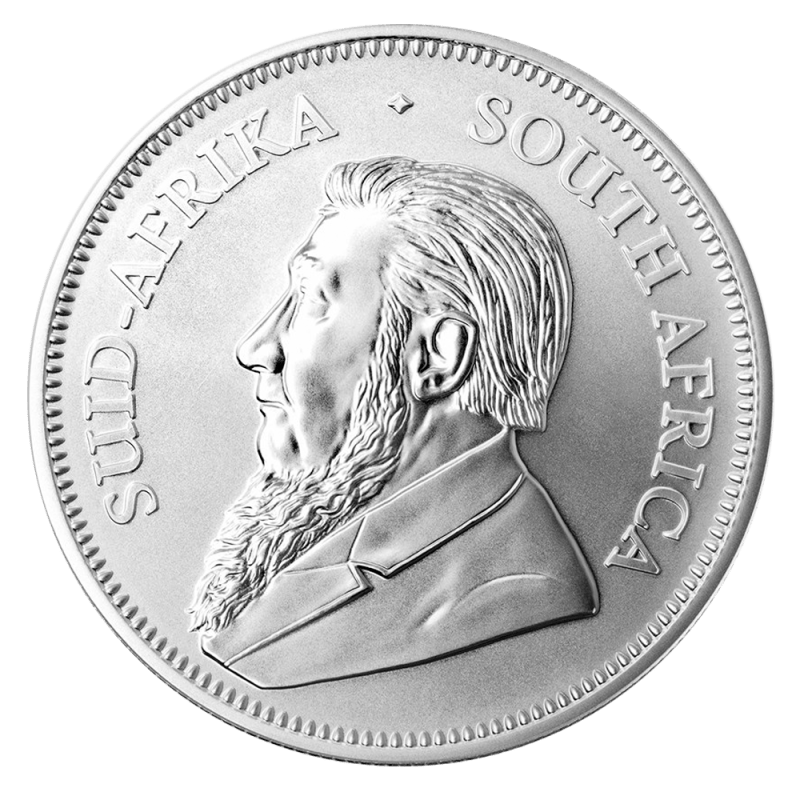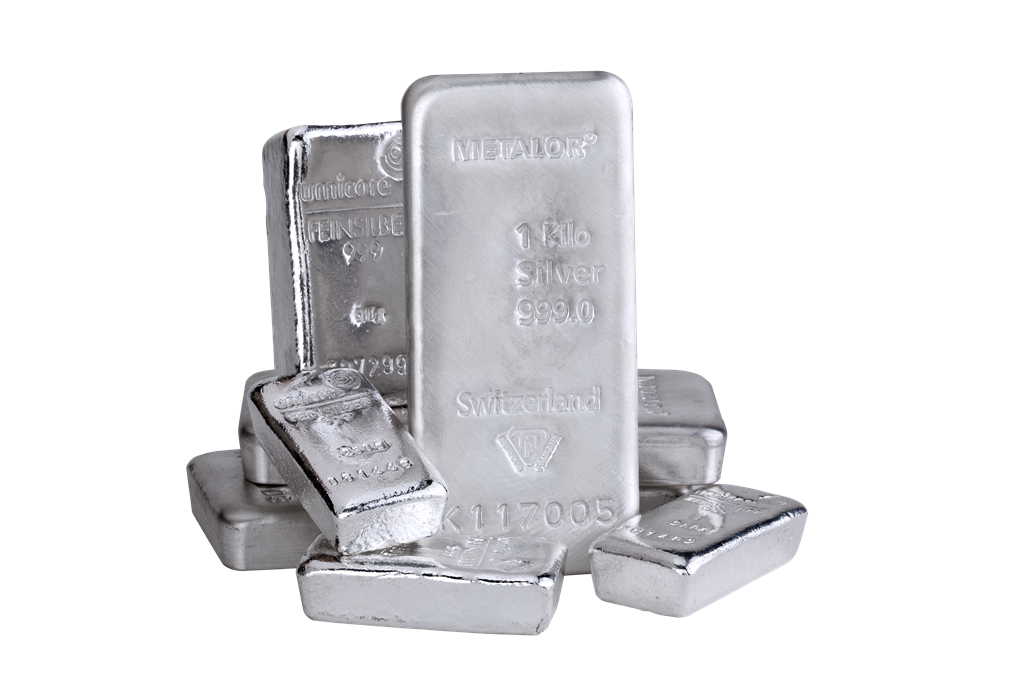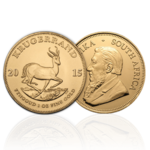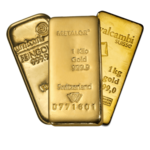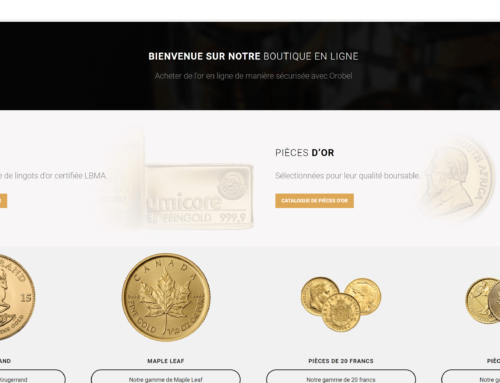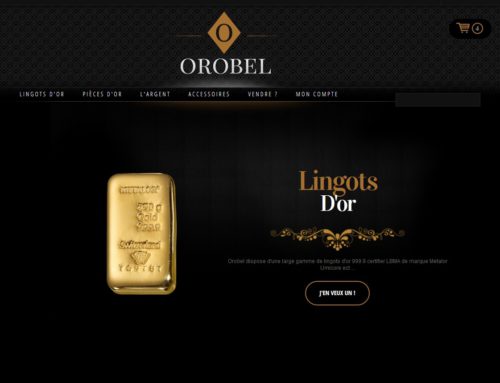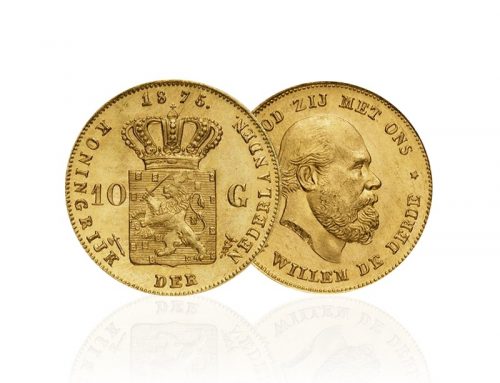The difference between cast and minted gold bars

Gold bullions are classified into 2 types : cast bars and minted bar. Orobel in this article explains the difference between these two types of gold bullions.
Cast bars and bullions.

Gold bullion casted (cast bars) are generally manufactured directly from the melting of gold. However, the method used to manufacture the cast gold bars can vary.
The traditional method is that gold is melted directly into a mold to specific dimensions.
A modern method now widely used to manufacture small gold ingots of this type is to measure a precise amount of gold and fine gold pellet by placing it in a mold to specific dimensions to the ingot that it is desired to manufacture.
The markings on the gold bar are then applied manually or using a press.
Most of the time, gold cast ingots are slightly inclined so that they can be demolded easily. Therefore, the dimensions on both surfaces of the ingot are not necessarily the same. Borders and base of ingot tend to be rough.
Often cast gold bars are rectangular, some manufacturers also design gold ingots cast in other shapes (round, square, oval …)
Read also : the gold bullion manufacturer in Europe certified LBMA.
Minted bars and bullions.

Minted bars and bullions are made from a gold bar hitted that was rolled up and extended, which is then cut according to the desired length.
Cutting is made from a cookie cutter, whose spaces are the desired dimensions.
All surfaces of gold bullion are smooth and regular. The marking is made from a press.
Most called minted gold bars are rectangular in shape, although there are a variety of other shapes (round, square …).
